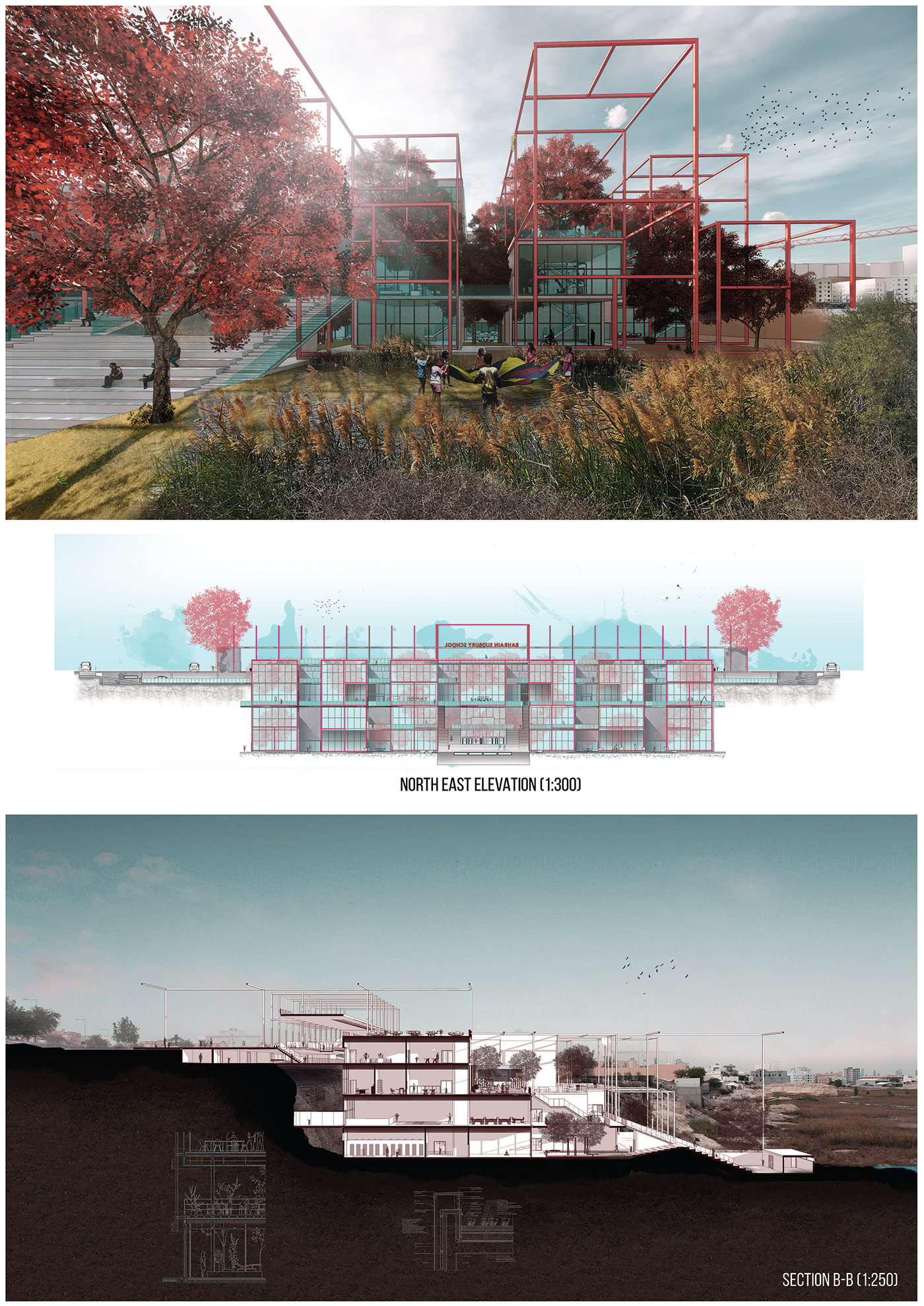Education in Bahrain is an evolving process with the evolution of education in Bahrain aligning with the changes in economy and society and can be historically distinguished.
The Bahraini Educational system is an amalgamation of traditional values and a modern society. By the end of World War one, introduction of western culture and education had occurred within Bahrain. However, teaching methods were still inadequate with teachers relying on the traditional paradigm rather than a humanistic teaching model despite efforts to reform the education system. The traditional paradigm of student obediently emulating teachers, and rote learning still prevails.
Relatively, Bahrain does not spend much on education. Approximately 2.6% of the GDP is spent towards education, ranking 153/173 countries on education spending(Worley, 2017).
Furthermore, studies (Shirawi, 1987) argue the political system, culture and society are responsible; where authoritarian societies possess schools that exhibit similar traits while democratic societies posses’ schools with democratic values amongst students. Education in Bahrain still needs improvement according to recent reports from Education & Training Quality Authority(Ministry of Education, 2017)
Alternative education is one that replaces standardized curricula and evaluation of traditional education with integrated learning, employing a human centered and individualistic approach rather than an industrial model, which focuses on uniformity and collective mentality which has lost its relevance. Variations exist amongst different alternative schools but there is a consensus on improving individuality, integration, diversity, creativity and evaluation standards.
This project reviews the Sudbury alternative system of educations and its holistic development, child centered and non-traditional pedagogical approaches and compares to other established and evolving school systems.
It is observed that school architecture reflects the current societal and the school model, wherein the established school models focusing on rigidity and uniformity possess similarity to industrial settings. The conventional approach of education that is predominant in Bahrain has become increasingly inadequate for the current modern and progressive society of Bahrain.
Therefore, the Sudbury school model architecture is integral in physically creating a functional place in which alternative school models, such as Sudbury, can be successfully realized and truly reflect Bahrain’s society.
Before a functional program can be formed, educational buildings with innovative pedagogies and systems need to be understood, in order to comprehend and to learn how to apply them. Various theories needs to be explored too. Some of these misconceptions and theories regarding education are summarized as follows:
Shifting the class timings to later is according to studies a much more viable solution to performance while simultaneously solving Bahrain’s peak traffic times where all schools commence and close simultaneously. (Kelley et al, 2017)
It is proven that children who engaged with these arts showed many positive academic improvements, including those with high arts involvement than their peers with low arts involvement. Furthermore, it is also founded that students were less inclined to criminal behavior later in life and had a lower percentage of unemployment. This inspires further education and deters criminal activity. (Caterall, 2010; Lynch, 2012)
Class size can significantly impact performance in classrooms, and studies has shown that reducing can improve the quality of learning as well as other benefits.
Age-mixing is an effective tool that benefits both adults and children by enhance learning and by reducing bullying and honing care skills for adults.
Current schools do not use the school buildings to its potential, by using the school grounds for other uses, many other benefits arise as a result of shared functions.
Architecture of schools greatly impact learning and experience of students. The key design principles are naturalness, individuality and stimulation.
Pupils are also more driven to participate in class discussions and do well when these parameters are emphasized in the design.






